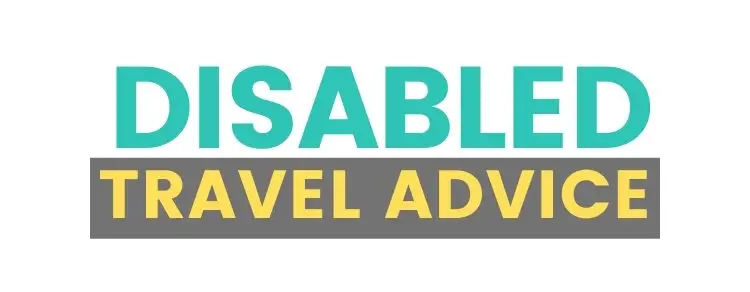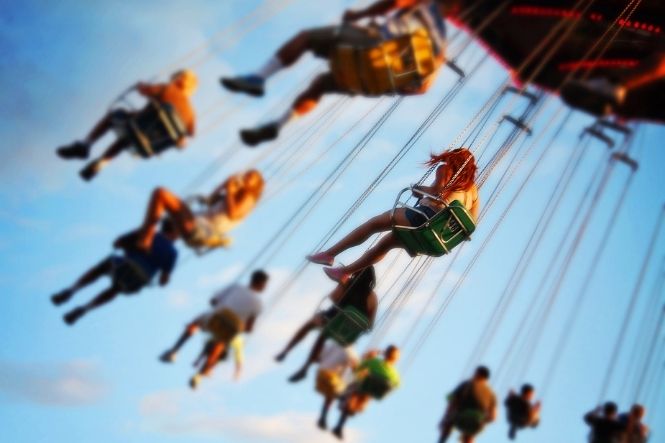Many theme parks will locate their disabled parking area near the admission area. It is important that you display your disabled parking permit in a clearly visible place in your car.
If you are planning to bring an assistance dog with you to the theme park ensure you find out what the policy of the theme park is. Some theme parks will only allow access to assistance dogs that are fully trained.
Wheelchair users, or those visitors who have difficulty with their mobility, may sometimes, if they chose, be able to hire wheelchairs at the theme park. It is a good idea to reserve these in advance, as there is usually only a very limited number of wheelchairs. Most theme parks are generally flat with even paths around the site, but some areas, especially if there are garden or lakeside areas, may be surrounded by gravel paths.
In common with most popular tourist locations, theme parks have toilets that are accessible for disabled visitors. Ask at the entrance gate where these are located, although you may be able to pick up a map of the theme park site showing their location, along with the locations of other facilities such as cafes etc.
Restaurant and shop access will usually be step free with wide doors and corridors. Some theme parks have seating that is unfixed in their restaurants, enabling wheelchair users to gain maximum access to tables. However, some counters and kiosks may be at a height level that is awkward for visitors in wheelchairs. Theme park staff will assist the disabled visitor in such cases.
Planning Your Visit
Recognising that disabled visitors to theme parks may find queuing for long periods more uncomfortable than an able bodied person, some locations have introduced a fast tracking system for disabled visitors and anyone in their party. You should ask about this before your visit and find out the procedure for accessing the fast tracking upon your arrival.
Some theme parks will assess the disabled visitor against a set criteria, which in turn is used to determine if the disabled visitor is able to queue in the conventional way. If there is doubt that the disabled visitor may not meet this criteria, documentation supporting their disability may be asked for. Once fast tracking status has been granted the disabled visitor, along with some members of the accompanying party, will be issued with a coloured wristband. It is worth finding out before your visit how many people within a party can be issued with a fast tracking wristband.
Theme park ride operators will not physically lift or carry a visitor, even if assisted by someone from the disabled visitor’s party. At theme parks certain rides may be physically demanding and the operators reserve the right to refuse admission to rides for those they feel may be at risk. For those disabled visitors who are unable to fully enjoy the facilities on offer, a discounted ticket may be available for the disabled visitor and their helper.
Some kiosks and visitor centres may also have induction loops fitted, to assist the hearing impaired. Most theme parks will request that those with fast tracking wrist bands access rides in groups of approximately 8 or less, so as not to disadvantage other visitors. It is an idea to find out what rides will be accessible to you before visiting a theme park, as many rides will require that visitors are able to brace themselves in an upright position. It is also important to ask if a disabled person is required to have at least one adult helper with them on the ride. If the ride has a complex evacuation procedure, two helpers may be required to ride with the disabled visitor.

